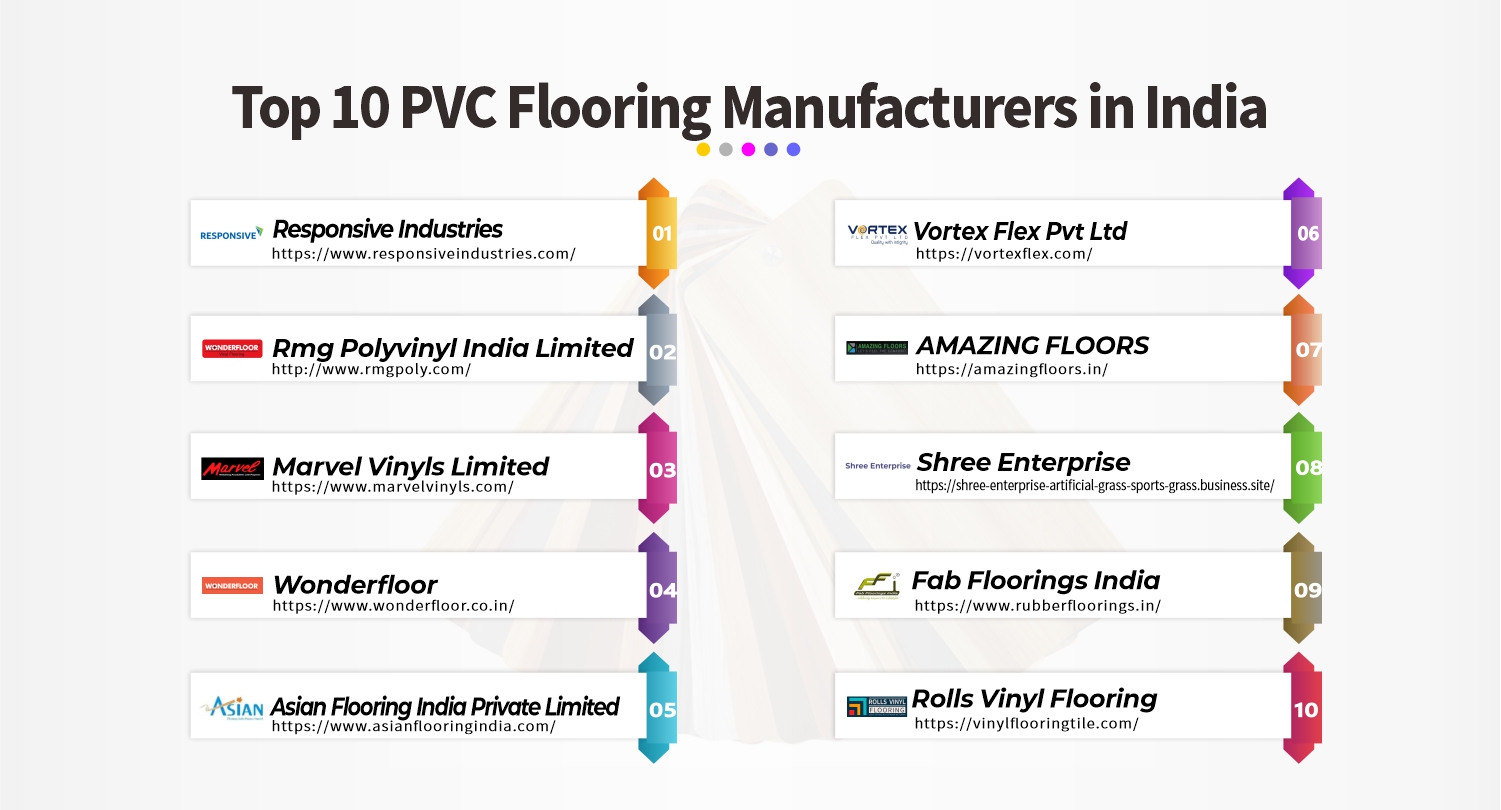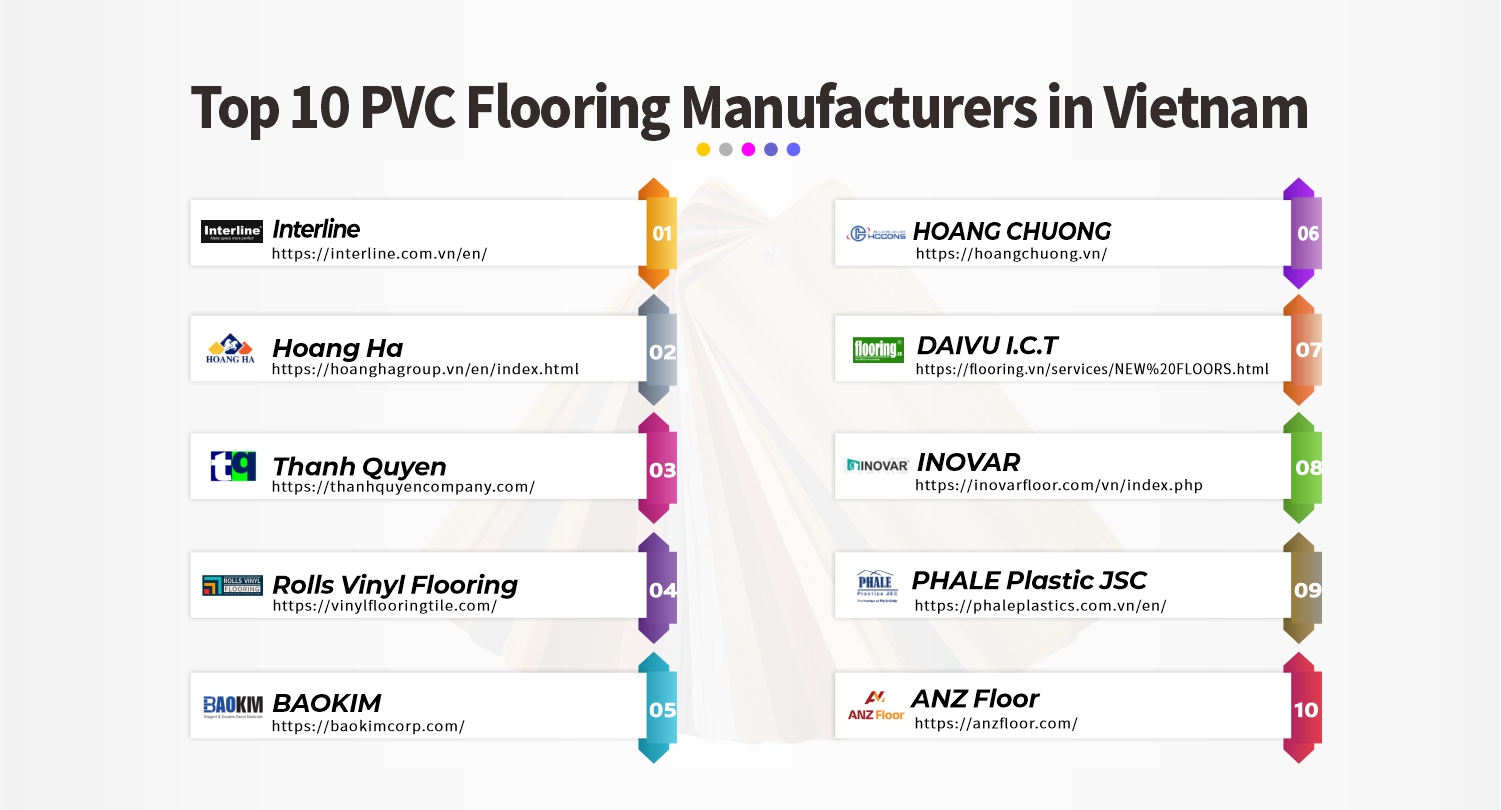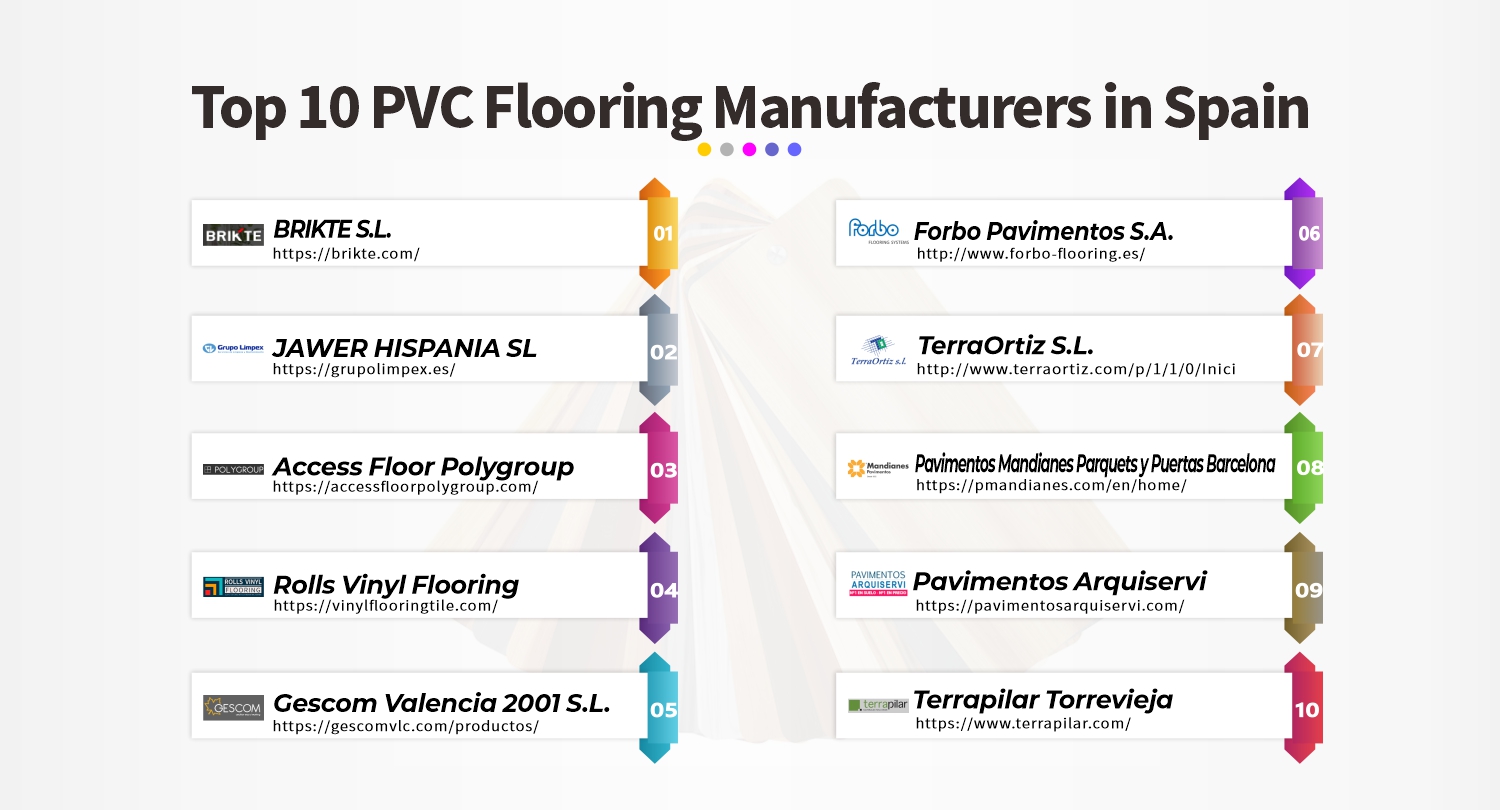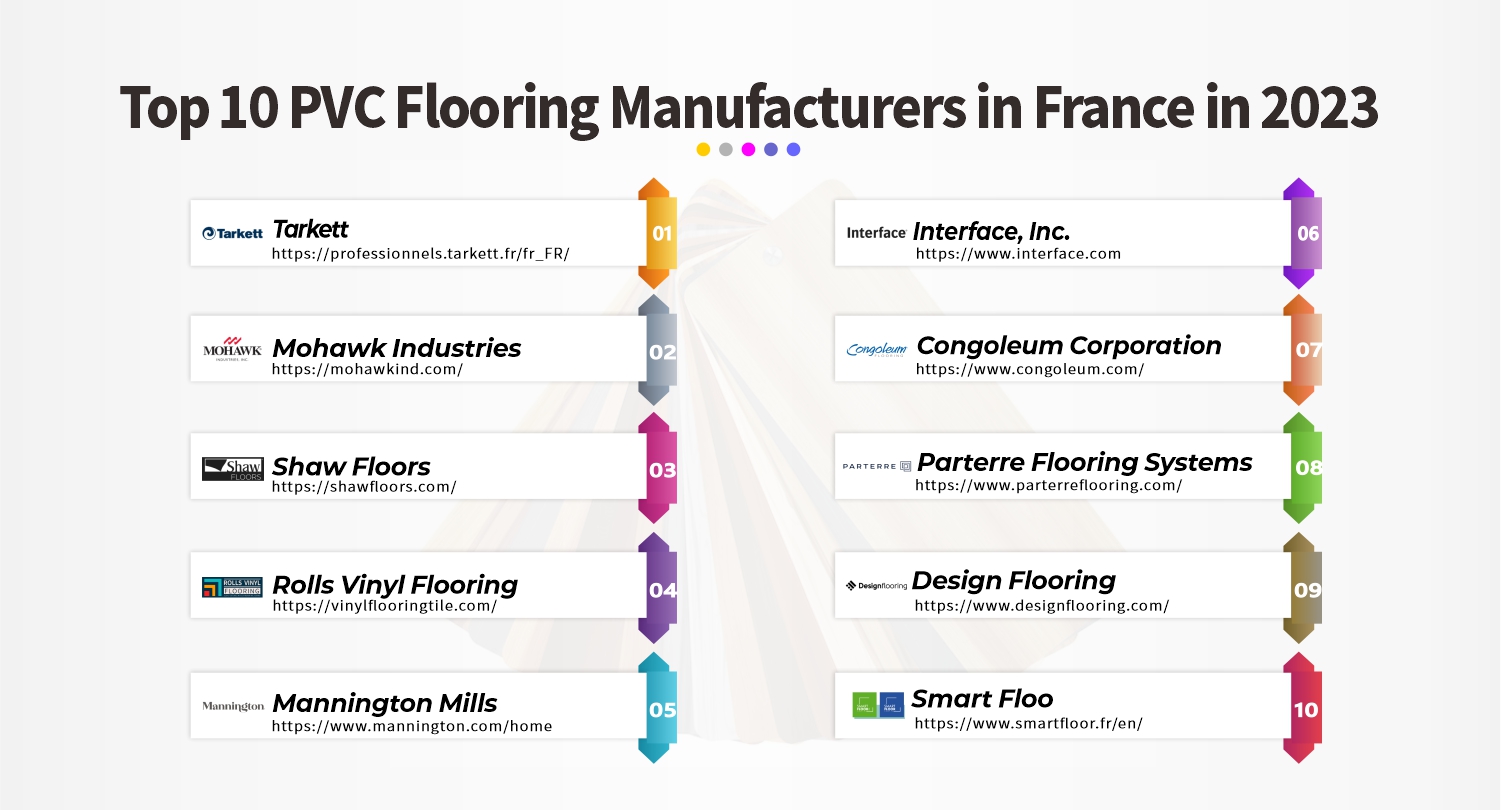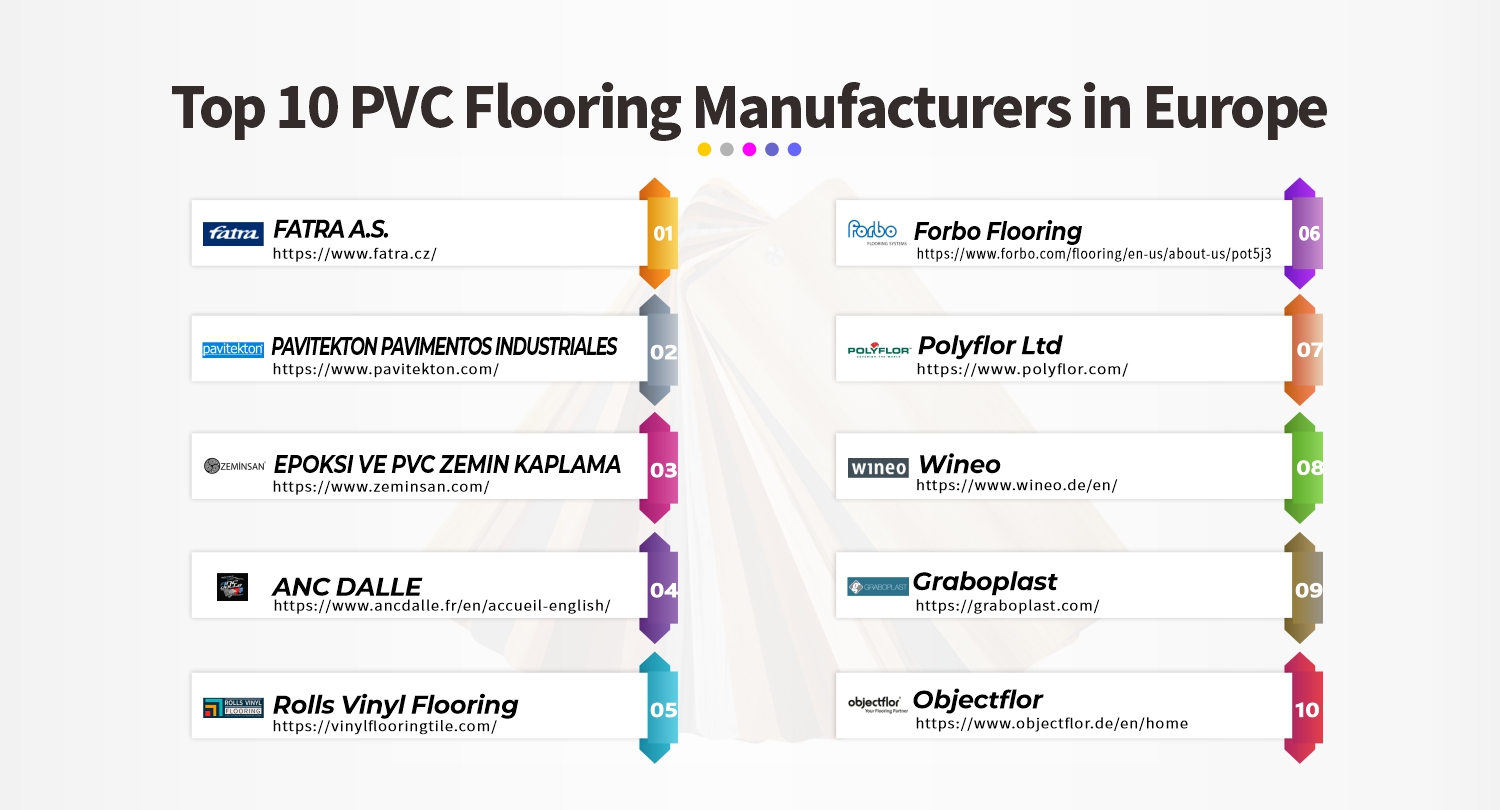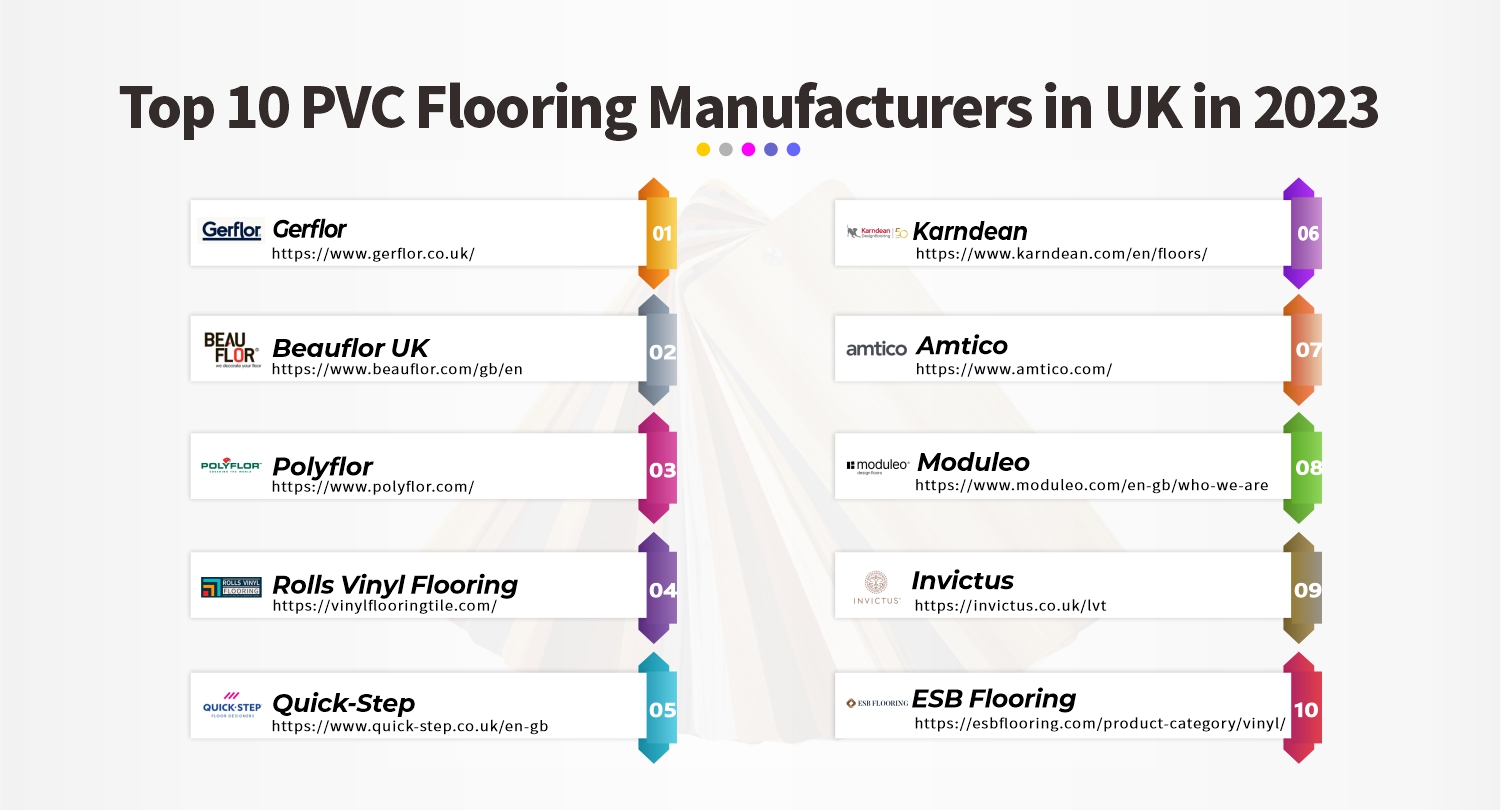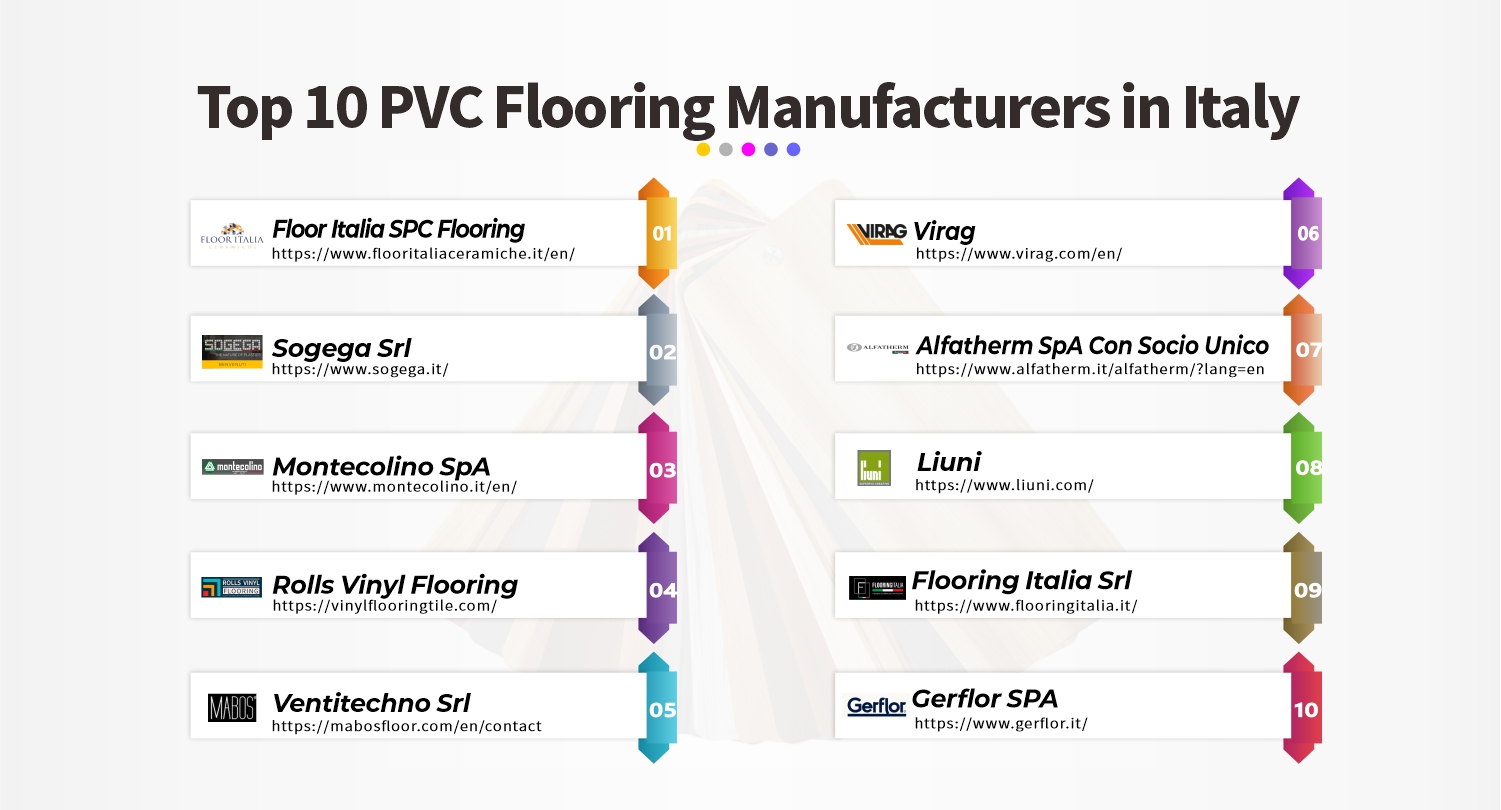PVC (polyvinyl chloride) flooring is a popular choice for both residential and commercial spaces due to its durability, affordability, and versatility. It is commonly used in areas such as kitchens, bathrooms, and commercial buildings where high foot traffic and moisture resistance are essential. However, despite its numerous benefits, PVC flooring can sometimes experience swelling, which can lead to significant problems if not addressed promptly.
Causes of Swelling | Consequences of Swelling | Solutions for Swelling |
Moisture and Water Damage | Physical Changes | Proper Installation |
Improper Installation | Structural Integrity | Moisture Management |
Chemical Exposure | Safety Hazards | Regular Maintenance |
Temperature and | Temperature and | |
Environmental Factors | Environmental Control |
Swollen PVC flooring can be a major headache, affecting both the appearance and safety of your floors. In this article, we dive into the causes, consequences, and solutions for swollen PVC flooring. Whether you’re a homeowner or a business owner, understanding these key aspects is crucial to maintaining the longevity and integrity of your PVC floors. Did you know that improper installation and moisture damage are among the leading causes of swelling in PVC flooring.
Definition and Characteristics of PVC Flooring
PVC flooring is a type of resilient flooring made from polyvinyl chloride, a synthetic material known for its strength and flexibility. The composition of PVC flooring typically includes layers such as a wear layer, printed layer, and backing layer, which are fused together during the manufacturing process. This construction results in a resilient, waterproof, and low-maintenance flooring option.
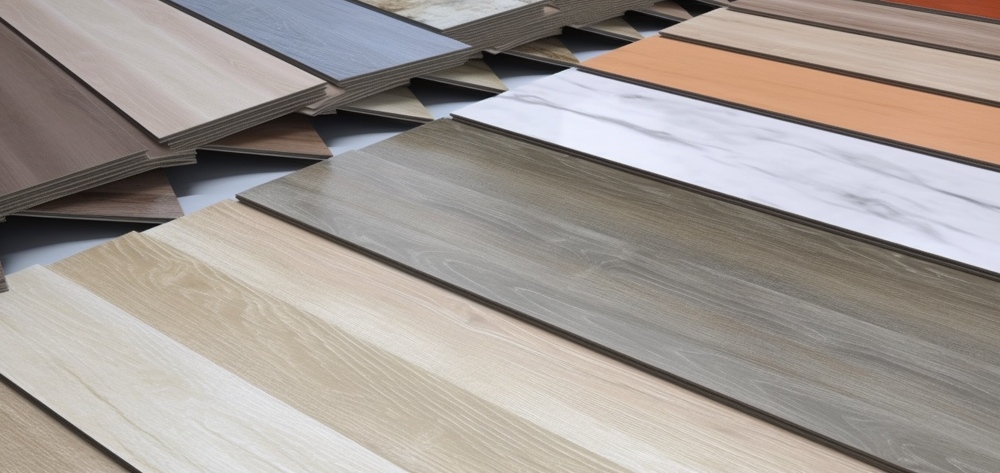
Key features and benefits of PVC flooring include:
- Water resistance: PVC flooring is highly resistant to water, making it an ideal choice for areas prone to spills and moisture.
- Durability: PVC flooring is designed to withstand heavy foot traffic and resist scratches, dents, and stains.
- Easy maintenance: It requires minimal maintenance and can be easily cleaned using regular household cleaning products.
- Variety of designs: PVC flooring offers a wide range of design options, including realistic wood, stone, and tile patterns.
Causes of Swelling in PVC Flooring
Moisture and Water Damage
Excessive moisture is one of the primary causes of swelling in PVC flooring. When moisture penetrates the flooring layers, it can cause them to expand, resulting in visible swelling and deformation. Common sources of water damage include leaks, spills, and high humidity levels in the surrounding environment.
To prevent moisture-related swelling, it is essential to address any water leaks promptly, especially in areas where water is frequently used, such as kitchens and bathrooms. Regularly monitoring the humidity levels and using proper ventilation can also help minimize the risk of moisture damage.
Improper Installation
Improper installation practices can contribute to PVC flooring swelling. Subfloor preparation issues, such as inadequate leveling or moisture testing, can lead to uneven pressure distribution and subsequent swelling. Additionally, using the wrong adhesive or applying it incorrectly can result in poor bonding between the flooring and the subfloor, leading to swelling over time.
To avoid installation-related swelling, it is crucial to follow the manufacturer’s guidelines and recommendations. This includes proper subfloor preparation, such as ensuring it is clean, dry, and level. Using the appropriate adhesive and applying it according to the manufacturer’s instructions is also essential.
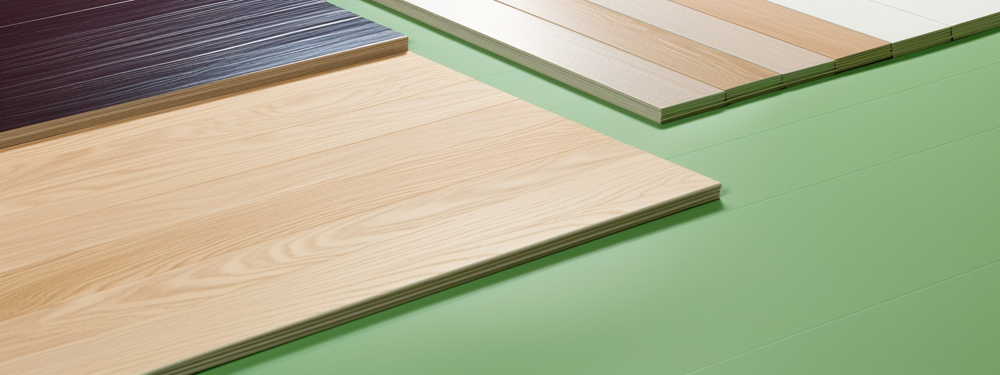
Chemical Exposure
Certain cleaning agents and chemicals can cause swelling in PVC flooring. Some cleaning products contain harsh chemicals that can react with the flooring material, leading to swelling, discoloration, or surface damage. Prolonged exposure to chemicals, such as solvents or oils, can also have a detrimental effect on the flooring’s composition and cause swelling over time.
To prevent chemical-related swelling, it is essential to use cleaning products specifically formulated for use on PVC flooring. Reading and following the manufacturer’s instructions for cleaning and maintenance will help avoid the use of incompatible chemicals. It is also important to promptly clean up any spills or accidents involving chemicals to minimize potential damage.
Temperature and Environmental Factors
Temperature fluctuations and environmental conditions can impact PVC flooring and contribute to swelling. PVC flooring has a certain degree of thermal expansion and contraction, meaning it can expand in response to heat and contract in colder temperatures. Extreme temperature changes, direct sunlight exposure, or placing hot objects on the flooring can cause uneven expansion and lead to swelling.
To mitigate temperature-related swelling, it is advisable to maintain a consistent indoor temperature and humidity level within the recommended range. Using blinds or curtains to protect the flooring from direct sunlight can also help minimize the risk of swelling. Avoid placing hot items directly on the floor and use protective pads or mats to prevent heat damage.
Impact of Swelling on PVC Flooring
Physical Changes
Swelling in PVC flooring results in visible changes such as bulging, warping, and uneven surfaces. The flooring may lose its smooth texture and become distorted, affecting its aesthetic appeal. These physical changes can significantly impact the overall appearance and functionality of the space.
Structural Integrity
Swelling compromises the structural integrity of PVC flooring. The swollen areas may become weak and more prone to damage, including cracks or tears. Moreover, the swelling can extend beyond the surface, affecting the underlying layers and potentially causing damage to the subfloor or adjacent areas.
Safety Hazards
Swollen PVC flooring poses safety hazards to occupants. Uneven surfaces created by swelling can increase the risk of trips, slips, and falls. The stability and performance of the flooring may also be compromised, making it less suitable for high-traffic areas or activities that require a stable and even surface.
Prevention and Mitigation of Swelling

Proper Installation Techniques
Adhering to proper installation techniques is crucial for preventing swelling in PVC flooring. This includes adequately preparing the subfloor by ensuring it is clean, level, and dry. Conducting moisture tests before installation helps identify potential moisture issues that may cause swelling. Choosing the correct adhesive and applying it according to the manufacturer’s instructions is essential for ensuring a strong bond between the flooring and the subfloor.
Moisture Management
Managing moisture is essential to prevent swelling in PVC flooring. Using moisture barriers or underlayments can provide an additional layer of protection against moisture penetration from the subfloor. Promptly addressing water spills or leaks is crucial to prevent water damage and subsequent swelling. Regularly monitoring and controlling humidity levels in the space can also help minimize the risk of moisture-related swelling.
Regular Maintenance and Cleaning
Proper maintenance and cleaning practices can help prevent swelling in PVC flooring. Using recommended cleaning products specifically formulated for PVC flooring ensures compatibility and reduces the risk of chemical reactions that could cause swelling. Avoiding excessive moisture during cleaning is important, as it can seep into the flooring layers and lead to swelling. Following the manufacturer’s instructions for cleaning and maintenance will help prolong the lifespan of the flooring and prevent swelling.
Temperature and Environmental Control
Maintaining a controlled environment helps minimize swelling in PVC flooring. Keeping the temperature and humidity levels within the recommended range reduces the likelihood of expansion and contraction that can cause swelling. Using blinds, curtains, or UV-protective films on windows can protect the flooring from direct sunlight, which can contribute to swelling. Additionally, avoiding exposure to extreme environmental conditions, such as excessive heat or cold, helps maintain the stability and integrity of the flooring.
Remediation and Repair Options
If swelling occurs despite preventive measures, it is advisable to seek professional assessment and inspection to determine the extent of the damage and underlying causes. Depending on the severity of the swelling, options for remediation and repair may include:
- Replacement or repair of the affected sections: In cases where the swelling is localized, replacing or repairing the damaged sections may be possible. This may involve removing the swollen area and replacing it with new flooring or addressing the underlying cause and repairing the affected layers.
- Addressing underlying causes: It is crucial to identify and address the underlying causes of swelling to prevent future recurrence. This may involve fixing subfloor issues, improving moisture management, or adjusting installation techniques to ensure a proper bond between the flooring and the subfloor.
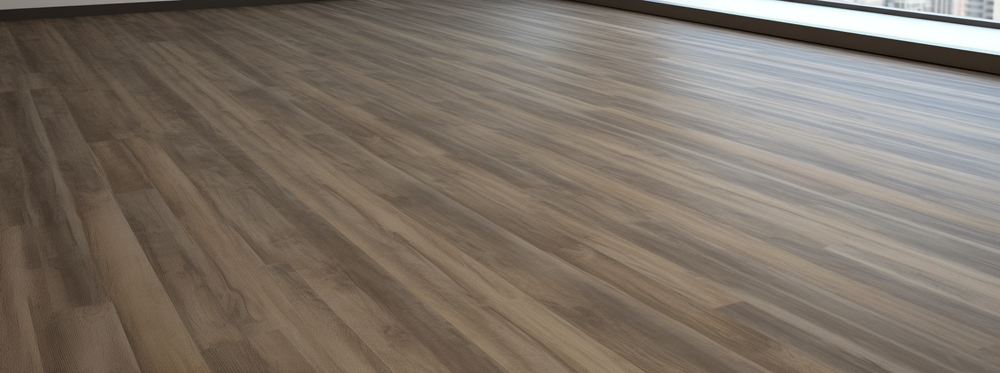
By taking appropriate remediation and repair actions, along with implementing preventive measures, it is possible to mitigate the effects of swelling in PVC flooring and maintain its longevity and performance.
Conclusion
Swelling in PVC flooring can have significant consequences, affecting both the appearance and functionality of the flooring. By understanding the causes of swelling and implementing preventive measures, such as proper installation techniques, moisture management, regular maintenance, and environmental control, the risk of swelling can be minimized. Swift action in addressing swelling and its underlying causes through professional assessment and appropriate remediation ensures the long-term integrity and performance of PVC flooring. With proper care, PVC flooring can continue to provide a durable and attractive flooring solution for various residential and commercial applications.


